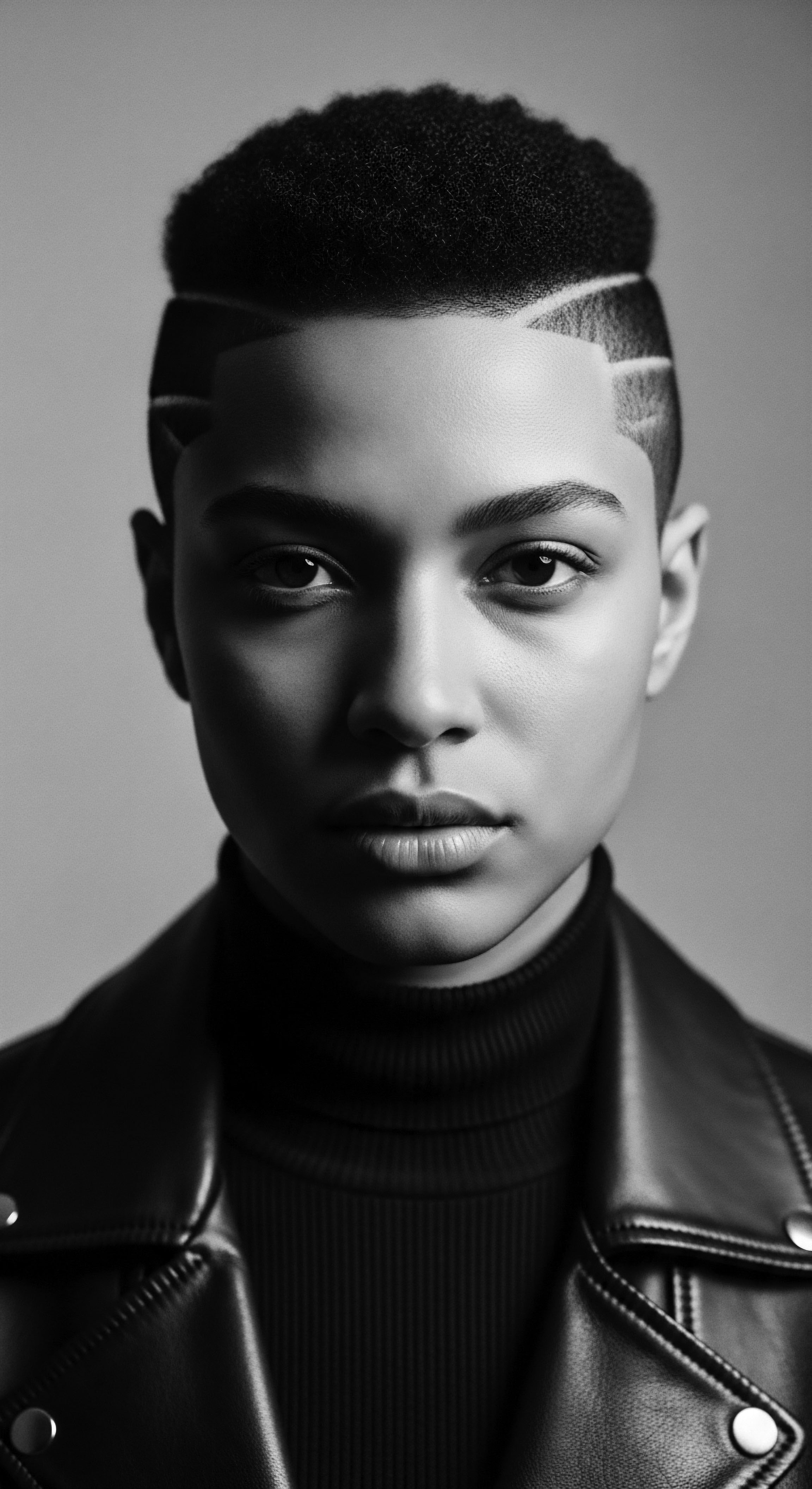
Roots
To stand at the threshold of understanding how cultural heritage shapes contemporary textured hair identity is to feel the stirring of ancient echoes. It is to sense the deep, rhythmic pulse of generations, a collective memory woven into each curl, coil, and wave. For those of us with textured hair, this is not merely a question of appearance; it is a profound query into our very being, a dialogue with our ancestors, and a living testament to journeys spanning continents and centuries. This exploration invites us to look beyond the superficial, to trace the lineage of our strands, and to discover the enduring wisdom that has shaped our hair stories.
The story of textured hair, particularly within Black and mixed-race communities, is a vibrant chronicle of resilience, ingenuity, and profound cultural connection. It is a story that begins not in modern salons or product aisles, but in the communal rituals of ancient African societies, where hair was a sacred marker of identity, status, and spiritual connection. The very morphology of textured hair, with its unique helical structure, carries whispers of adaptation and strength, a biological signature that has been celebrated, challenged, and reclaimed through the ages.
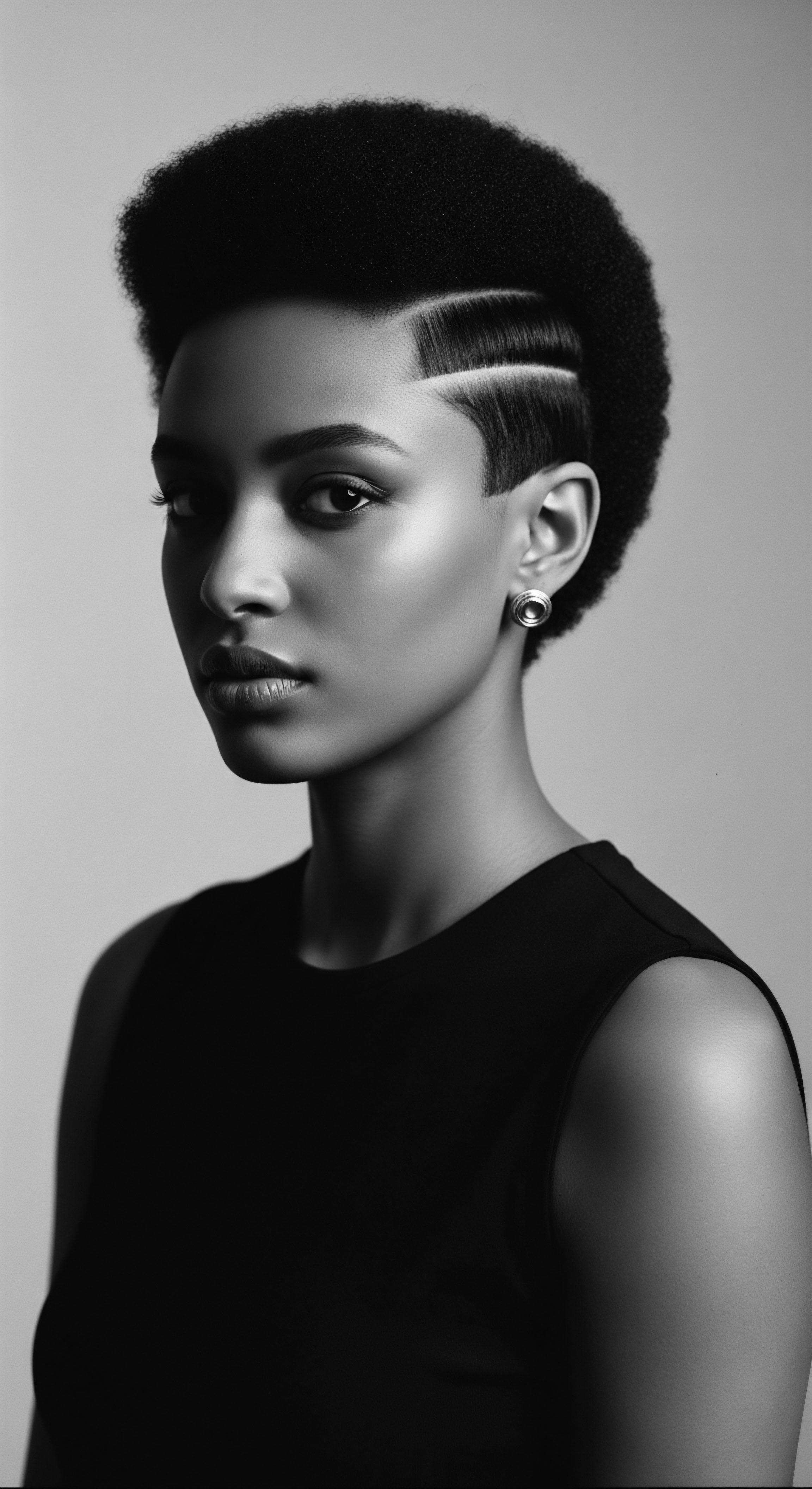
Hair Anatomy and Ancestral Views
The fundamental understanding of textured hair begins with its biological architecture. Unlike straight hair, which typically grows from a round follicle, textured hair emerges from an oval or elliptical follicle, causing the strand to twist and coil as it grows. This distinctive shape results in varying degrees of curl, from loose waves to tight kinks and coils.
This inherent structure, while lending itself to incredible versatility and volume, also presents unique needs for moisture and care. The twists and turns along the hair shaft create points where the cuticle, the hair’s protective outer layer, is more exposed, making it prone to dryness and breakage if not tended with understanding.
Ancestral wisdom, long before modern microscopy, recognized these inherent characteristics. Traditional African hair care was not just about aesthetics; it was deeply intertwined with practicality, protection, and community. Ingredients sourced directly from the land—shea butter, various oils, and plant extracts—were used to nourish and seal moisture, acknowledging the hair’s need for rich conditioning. These practices were not born of scientific papers but from generations of lived experience and keen observation of the hair’s natural inclinations.
Textured hair’s unique structure, a biological legacy, finds its care roots in ancestral practices that instinctively understood its needs.
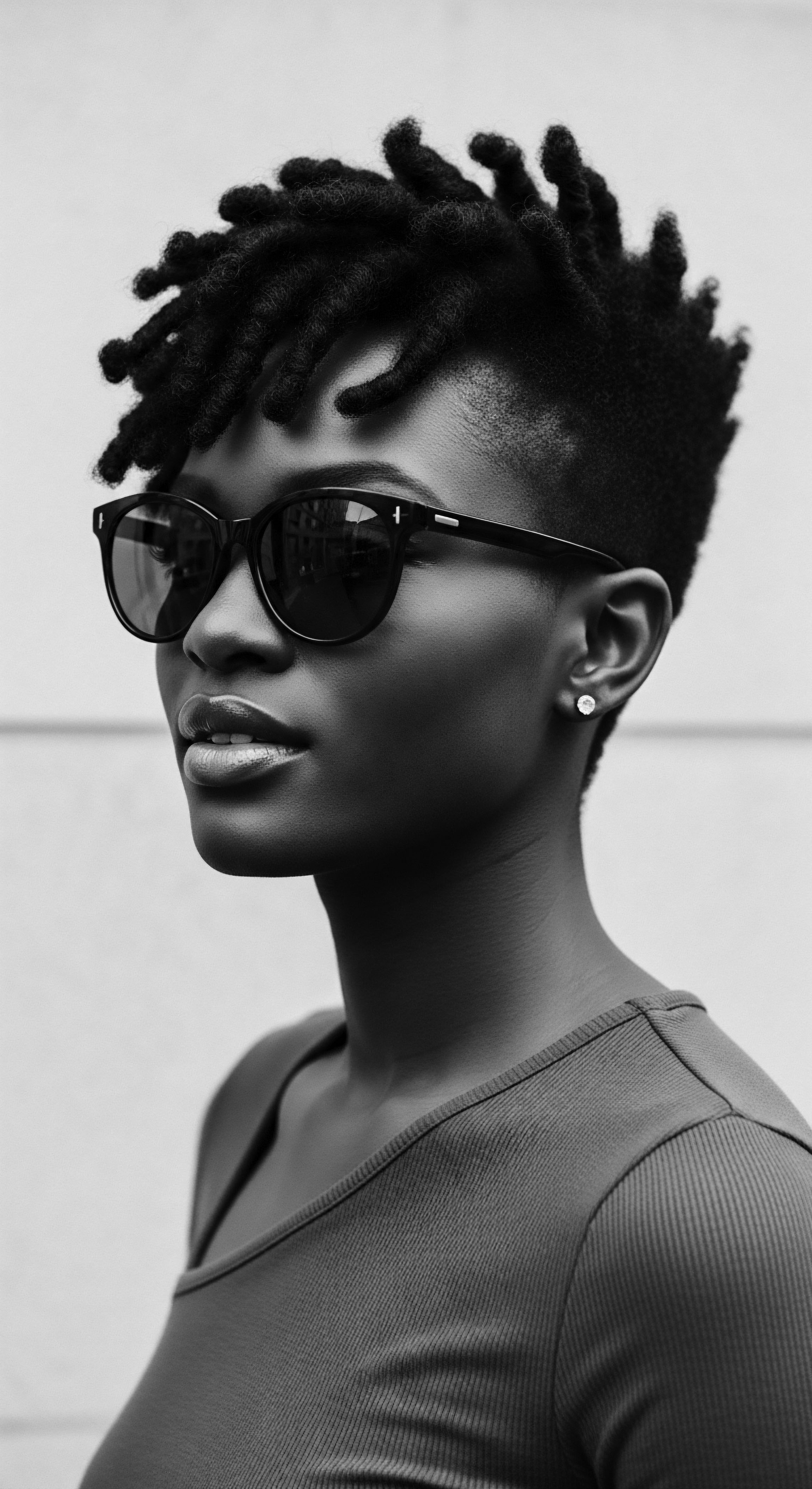
Textured Hair Classification and Its Cultural Origins
Contemporary textured hair classification systems, such as the widely recognized curl typing chart (e.g. 3A, 4C), aim to categorize hair based on its curl pattern. While these systems offer a useful lexicon for modern care and product selection, it is important to consider their relatively recent origins and how they sometimes inadvertently flatten the rich diversity and cultural context of textured hair. Historically, classification was not about numerical types but about social, spiritual, and tribal affiliations.
In pre-colonial African societies, hair styles and their meanings were far more nuanced than a simple curl pattern. They communicated a person’s age, marital status, social rank, and even spiritual beliefs. For example, the Wolof, Mende, and Yoruba people wore braids that signified marital status, age, wealth, religion, and social class.
These classifications were living, breathing aspects of community life, not static labels. The contemporary emphasis on curl type, while practical for product formulation, can sometimes overshadow the deeper cultural narratives that truly define textured hair.
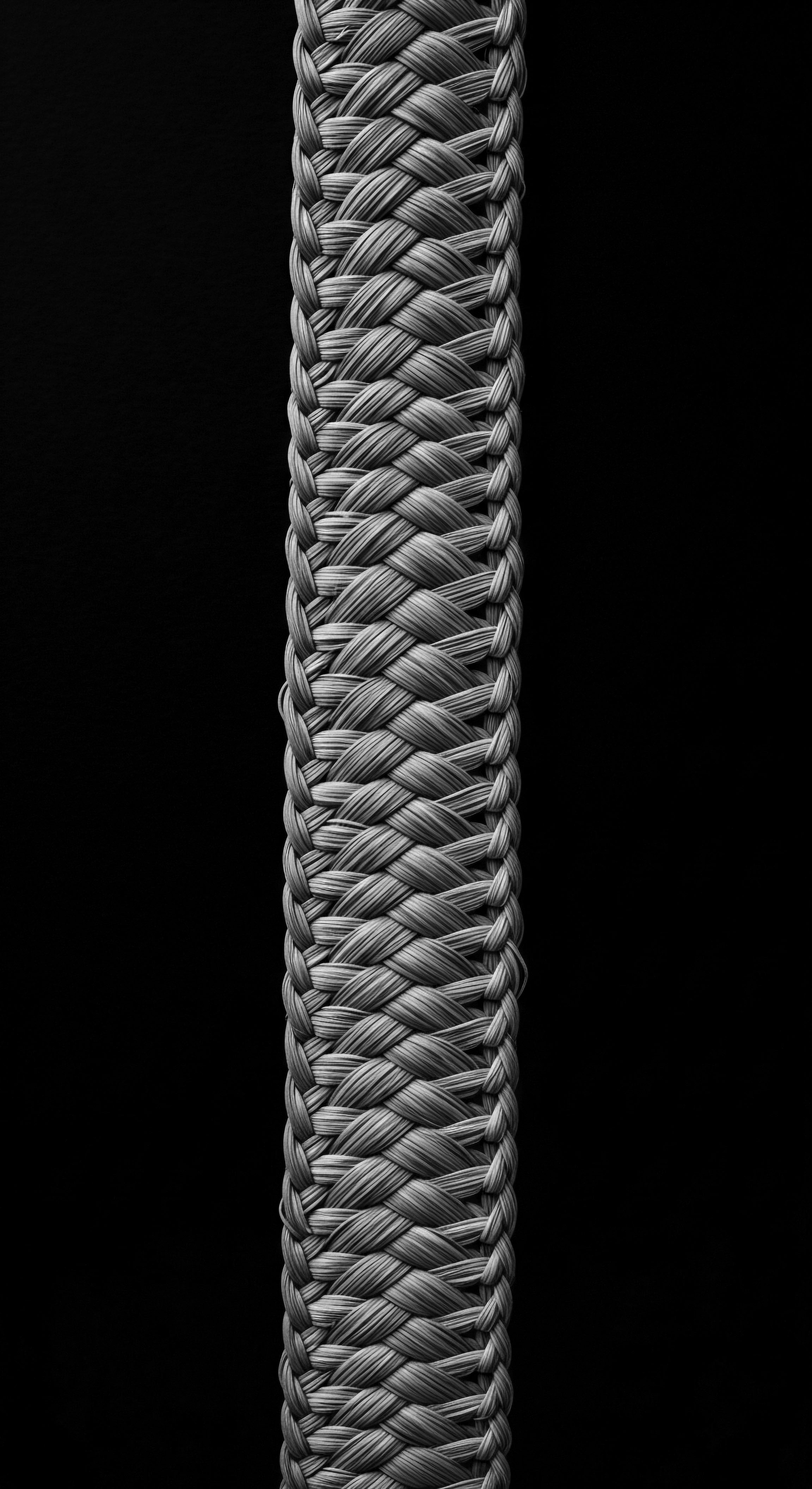
The Essential Lexicon of Textured Hair
The language we use to describe textured hair has evolved, reflecting both scientific understanding and cultural shifts. Terms like ‘kinky,’ ‘coily,’ and ‘curly’ are now widely accepted descriptors. Yet, the history of these terms is not without its complexities.
For centuries, particularly after the transatlantic slave trade, Black hair was often denigrated and associated with negative connotations, a stark contrast to Eurocentric beauty standards that favored straight, soft hair. The term ‘nappy,’ for instance, once a derogatory label, has been reclaimed by many as a term of pride and defiance.
Understanding the lexicon of textured hair, therefore, means acknowledging this historical weight and the ongoing journey of reclamation. It means recognizing that words carry power, and the shift towards celebratory and affirming language for textured hair is a direct reflection of a cultural movement that honors ancestral beauty and self-acceptance.
- Kinky Hair ❉ Characterized by tight, often zig-zagging coils that can appear dense and have a high degree of shrinkage.
- Coily Hair ❉ Defined by tightly packed curls that form spirals, often with a visible “S” or “Z” pattern.
- Curly Hair ❉ Features distinct, often spring-like curls that can range from loose waves to tighter spirals.
The resilience of textured hair, both biologically and culturally, is a testament to its deep roots. It is a biological marvel, a living archive of human adaptation, and a profound cultural marker that continues to shape identity in powerful ways.
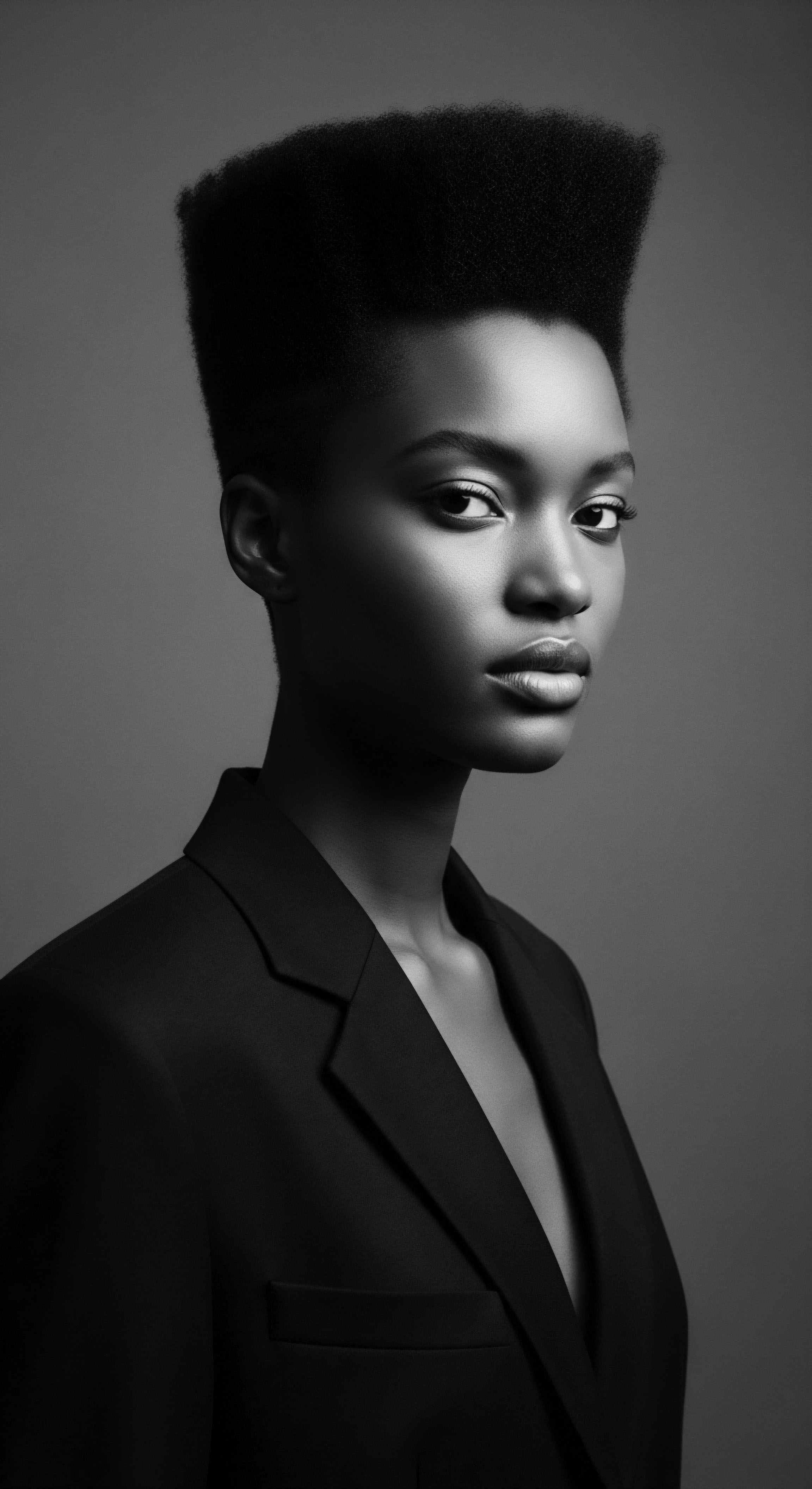
Ritual
As we move from the foundational understanding of textured hair’s inherent structure, our gaze turns naturally to the rituals that have shaped its care and presentation across generations. One might consider how the rhythmic movements of braiding, the careful application of balms, or the adornment with shells and beads represent more than mere styling. They are, in fact, living traditions, echoes of ancestral practices that continue to resonate in our contemporary experience of textured hair identity. This section explores the profound interplay between heritage and the techniques, tools, and transformations that define textured hair styling today.
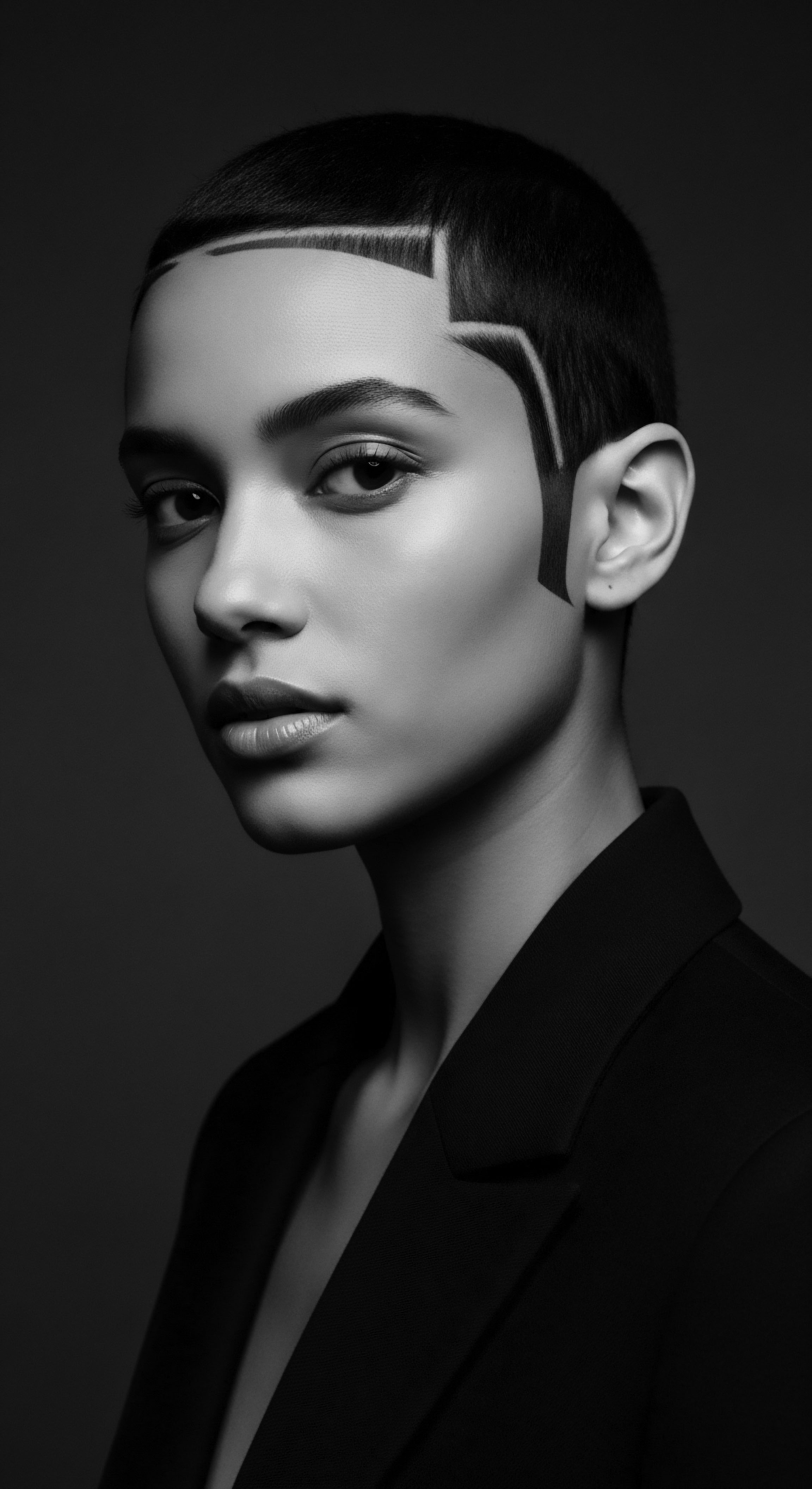
Protective Styling ❉ Ancestral Roots and Modern Adaptations
Protective styles, a cornerstone of textured hair care, are not a modern invention. Their origins stretch back thousands of years into African cultures, serving not only aesthetic purposes but also practical ones ❉ shielding hair from environmental elements and minimizing breakage. Braids, plaits, locs, and twists, popular today, have deep historical roots. In ancient African societies, specific patterns of braids could convey social status, marital status, wealth, religion, or tribal affiliation.
During the transatlantic slave trade, when enslaved Africans were often stripped of their cultural markers, hair became a silent, powerful form of resistance. Braids were used to conceal seeds for survival or even to map escape routes. This historical context imbues protective styles with a profound legacy, making them more than just a means to preserve length; they are a direct link to ancestral ingenuity and defiance. Today, these styles continue to offer practical benefits while serving as a vibrant expression of cultural pride and connection.
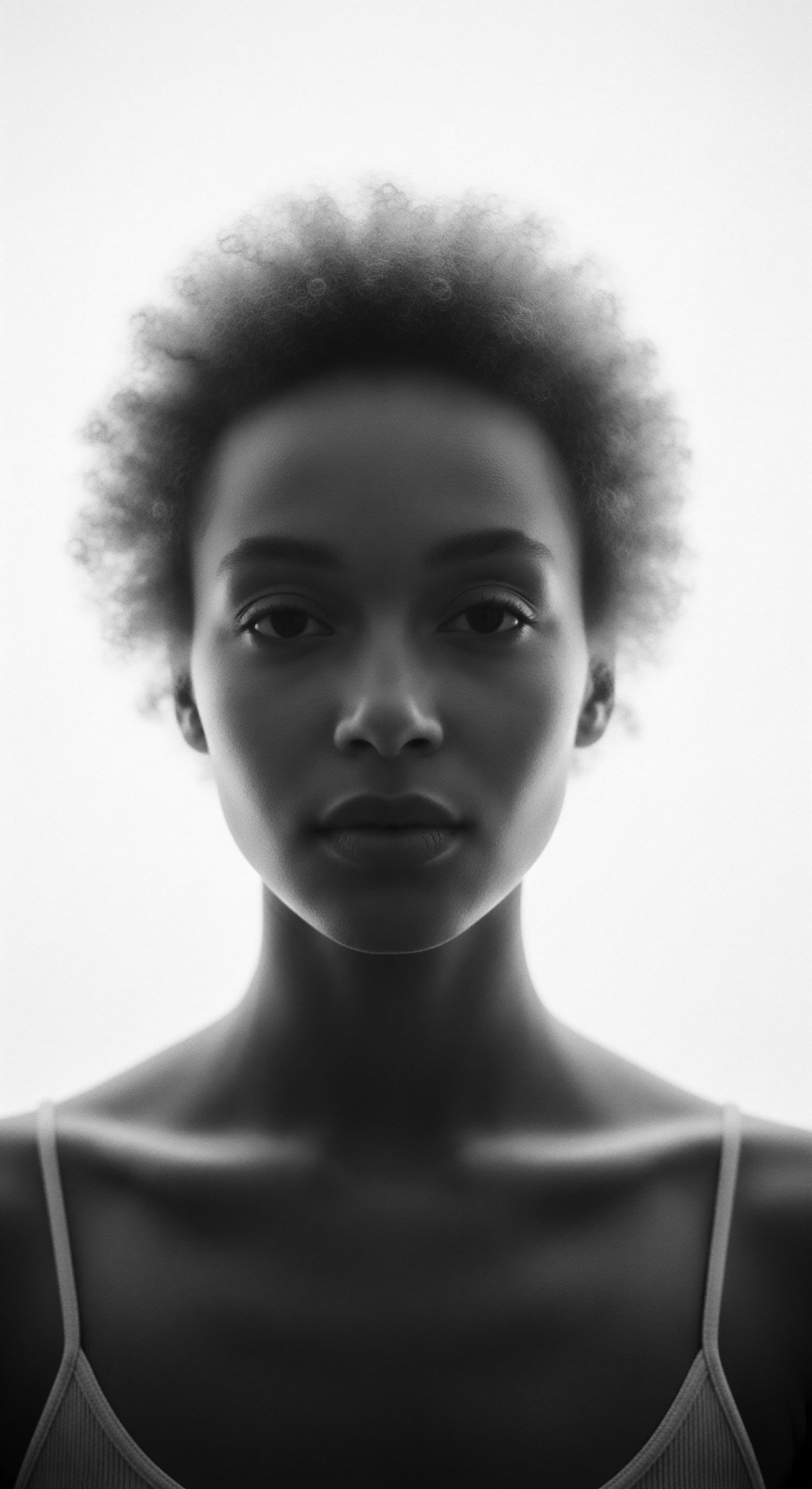
Natural Styling and Traditional Methods
The contemporary natural hair movement, which gained significant momentum in the 1960s and 70s as part of the Civil Rights and Black Power movements, represents a powerful reclamation of traditional methods and a rejection of Eurocentric beauty standards. The Afro, for instance, became a symbol of Black pride and a political statement, openly celebrating the hair’s natural texture.
Before chemical relaxers became widely accessible, traditional methods of defining and styling textured hair relied on natural ingredients and skilled hands. These practices often involved:
- Hair Oiling ❉ Using natural oils like shea butter, coconut oil, and aloe vera to moisturize and seal the hair, a practice deeply rooted in African traditions.
- Bantu Knots ❉ A style with origins in the Zulu tribes, where sections of hair are coiled into tight knots, offering a way to stretch and define curls without heat.
- Thread Wrapping (Irun Kiko) ❉ A traditional Yoruba method of wrapping hair tightly with thread to stretch and protect it, symbolizing femininity and rites of passage.
These methods, passed down through generations, speak to a holistic approach to hair care, where wellness and cultural expression were inseparable.
The journey of textured hair styling is a testament to cultural resilience, from ancient protective techniques to modern affirmations of natural beauty.
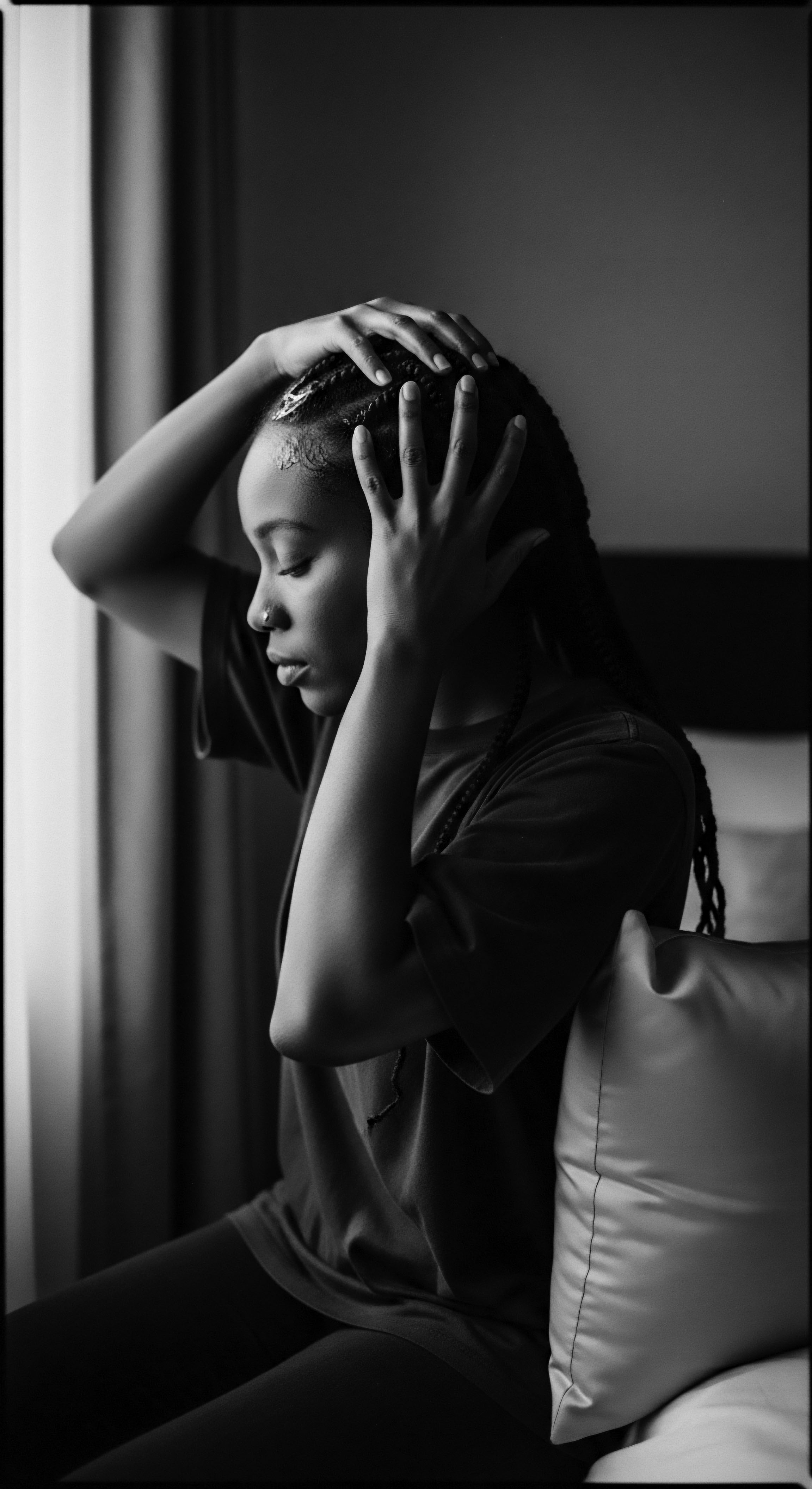
Tools of the Ancestors ❉ The Afro Comb’s Story
The tools used in textured hair care also carry significant historical weight. The afro comb, or afro pick, is a prime example. Archaeological evidence suggests variations of this comb have existed for thousands of years, with findings in ancient Kush and Kemet (modern Sudan, South Sudan, and Egypt) dating back 6,000 to 7,000 years. These early combs were often adorned with symbols of nature, reflecting a deep respect for the environment.
During the Civil Rights era, the afro pick with its raised fist became a powerful symbol of Black pride and resistance against oppression. It was not just a tool for detangling or styling; it was an emblem worn openly, a statement of collective identity. This demonstrates how even the most utilitarian objects can be imbued with profound cultural meaning and become instruments of heritage.
| Era or Origin Ancient Africa (3500 BCE onwards) |
| Tool/Practice Braiding Combs |
| Cultural or Historical Context Used for intricate styling, signifying social status, tribal identity, and spiritual beliefs. |
| Era or Origin Ancient Egypt/Kush (7000 years ago) |
| Tool/Practice Afro Comb/Pick |
| Cultural or Historical Context Early versions used for grooming, often decorated, later became a symbol of pride and resistance. |
| Era or Origin 19th-20th Century Diaspora |
| Tool/Practice Hot Comb/Pressing Comb |
| Cultural or Historical Context Introduced as a means to straighten hair, aligning with Eurocentric beauty standards, yet also fostering economic independence within Black communities. |
| Era or Origin 1960s Civil Rights Era |
| Tool/Practice Afro Pick (with Black Fist) |
| Cultural or Historical Context Reclaimed as a political emblem and symbol of Black Power and self-acceptance. |
| Era or Origin Tools for textured hair have consistently mirrored the broader historical and cultural narratives of Black and mixed-race communities. |
The transformation of textured hair, whether through protective styles or natural definition, is a living art form. It is a continuous conversation between the hands that shape it, the traditions that guide it, and the spirit of the individual who wears it, all steeped in a rich heritage.
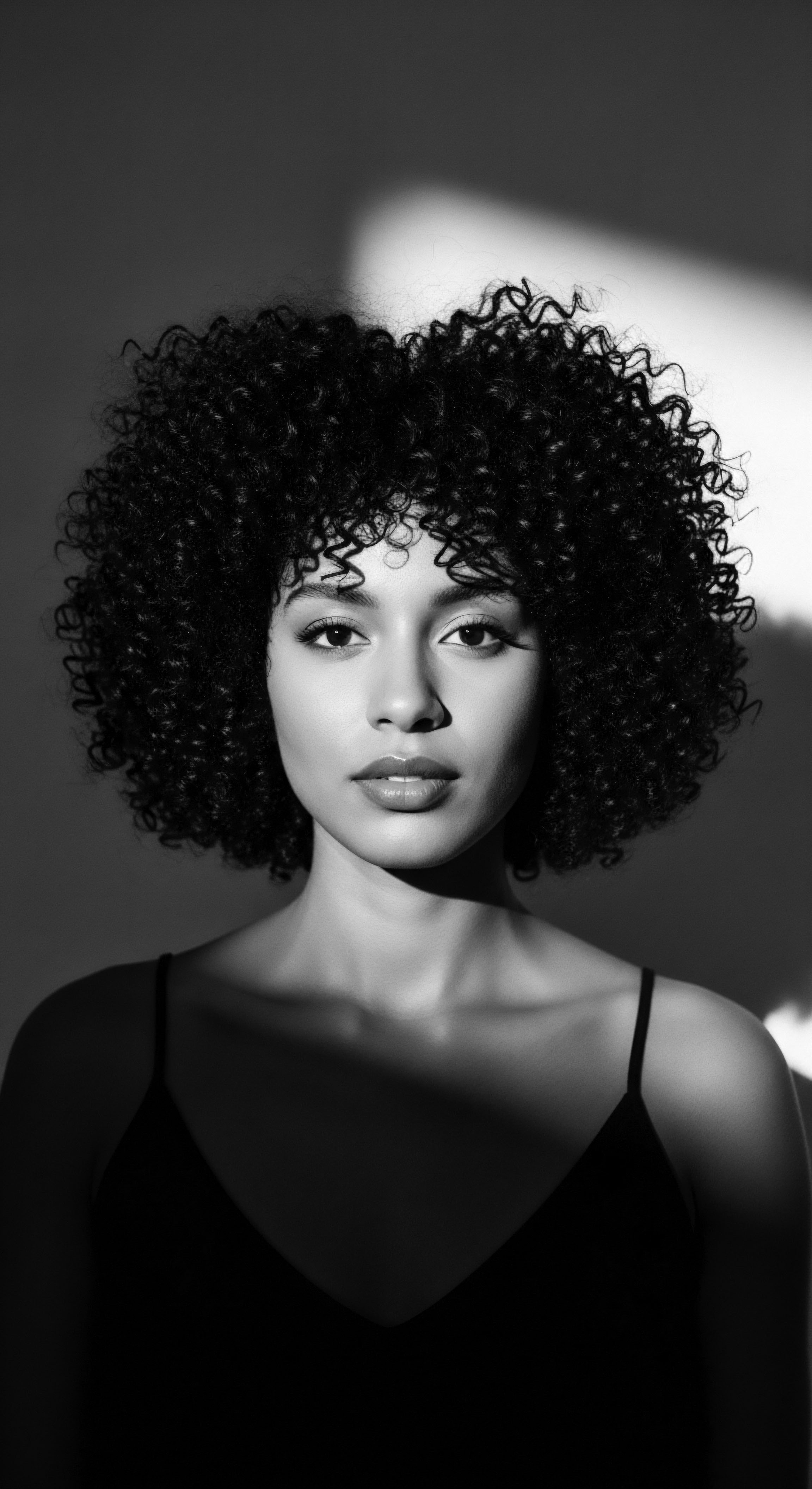
Relay
Our exploration of textured hair now arrives at a deeper stratum, one where the whispers of the past converge with the present’s complex realities. How does cultural heritage, in its multifaceted glory and its shadows, truly shape contemporary textured hair identity? This is a query that demands more than surface observation; it calls for a discerning gaze into the biological, psychological, social, and historical forces that have sculpted not just the hair itself, but the very perception of self for those who bear its unique coils and curves. We consider here how scientific understanding can illuminate ancestral wisdom, and how enduring cultural narratives continue to mold individual and collective expressions of identity.
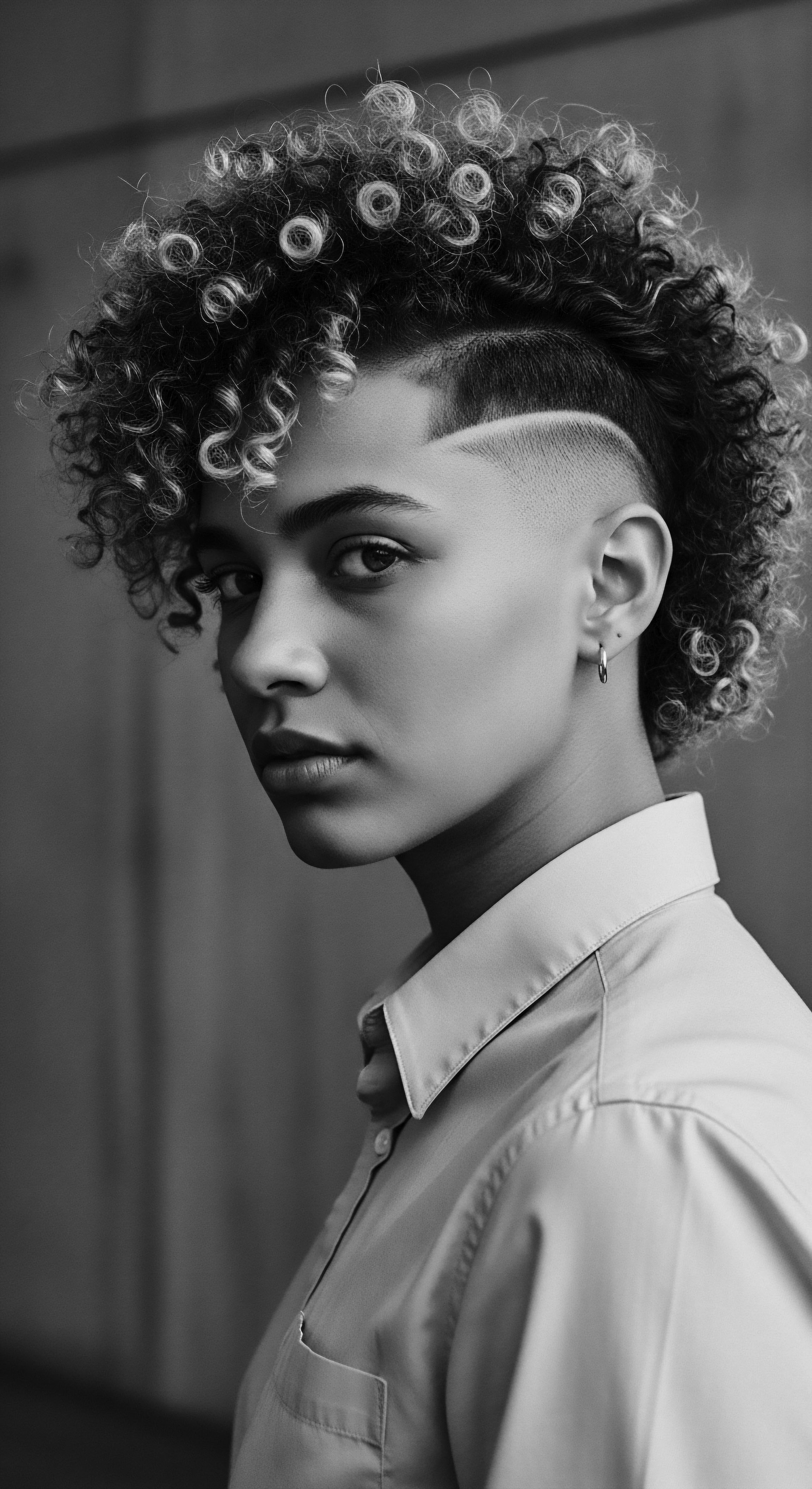
The Societal Mirror ❉ How Does Hair Discrimination Reflect Historical Biases?
The journey of textured hair through history is inextricably linked to systemic oppression and the imposition of Eurocentric beauty standards. During slavery, the forced shaving of hair was a brutal act of dehumanization, stripping individuals of a profound cultural marker and identity. Even after emancipation, the concept of “good hair” versus “bad hair” emerged within the Black community, where straighter, softer textures were favored, reflecting internalized racism and the pressure to conform for social and economic advancement.
This historical bias continues to manifest in contemporary society. Research consistently shows that hair discrimination remains a reality in educational and professional settings. For instance, an 11th Circuit Court of Appeals ruling, though controversial, stated that banning employees for wearing locs does not qualify as racial discrimination.
This legal landscape, slowly shifting with initiatives like the CROWN Act (Creating a Respectful and Open World for Natural Hair), which prohibits race-based hair discrimination in several US states, underscores the ongoing struggle to protect and celebrate natural hair. The psychological toll of such discrimination is substantial, contributing to internalized racism, anxiety, and a sense of cultural disconnection.
Hair discrimination is a persistent echo of historical oppression, impacting self-perception and belonging within textured hair communities.
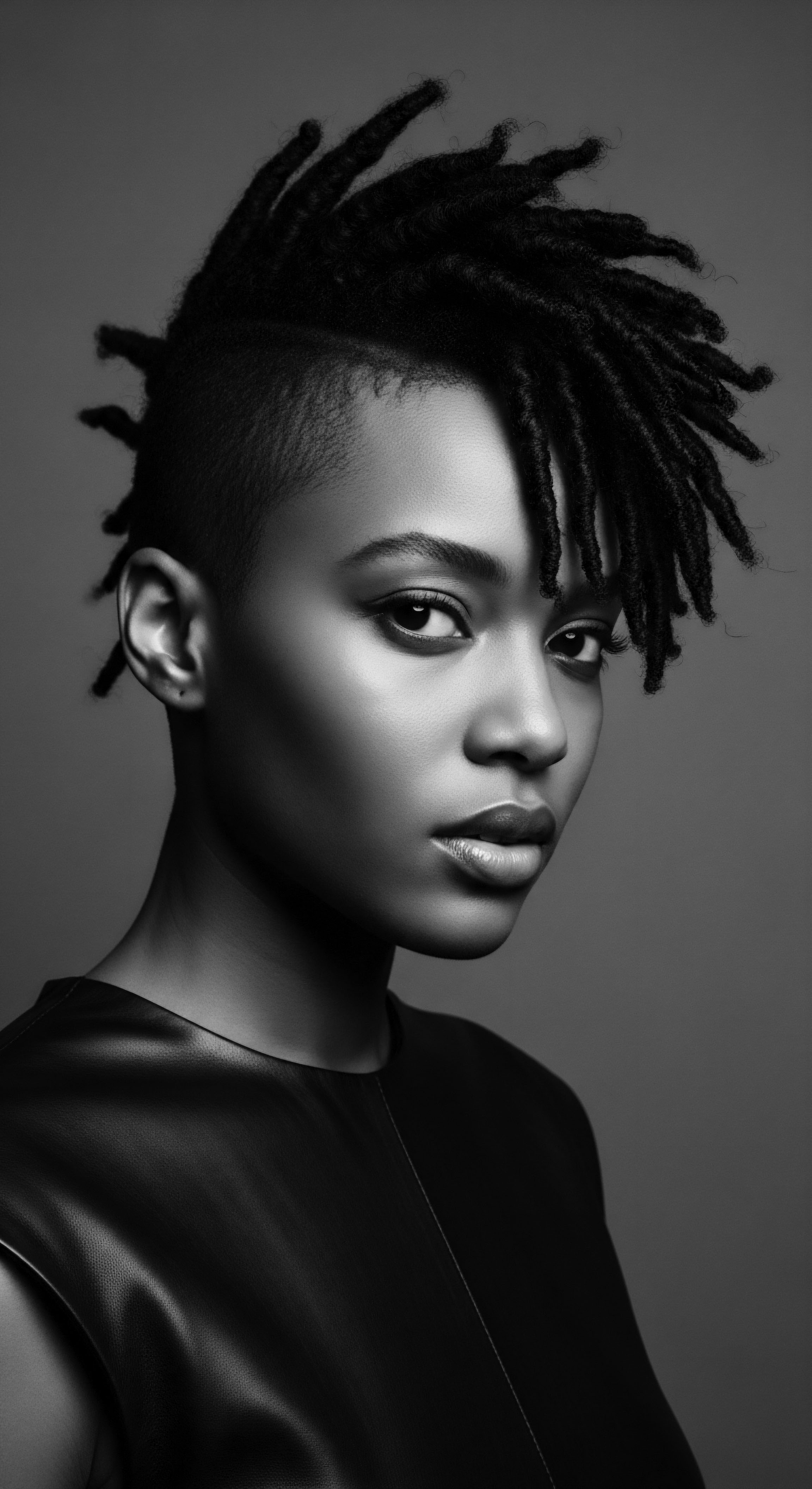
The Science of Self-Acceptance ❉ Can Understanding Hair Biology Aid Identity Formation?
Modern hair science offers insights into the unique properties of textured hair, validating what ancestral practices intuitively understood. The oval shape of the follicle, the distribution of disulfide bonds that create curl, and the challenge of sebum distribution along a coiled strand all contribute to its specific care needs. For example, the natural oils produced by the scalp have a harder time traveling down coily or kinky strands, which explains why textured hair often feels dry.
Understanding these biological realities can be a powerful tool in fostering self-acceptance. When individuals learn that their hair’s characteristics are not “problems” to be fixed, but rather inherent aspects of its biology, it can shift the narrative from perceived flaw to celebrated uniqueness. This scientific validation, when presented through a lens of heritage, can strengthen the connection to one’s natural hair, countering the historical messages that deemed it “unruly” or “unprofessional.” It provides a tangible explanation for traditional care methods, reinforcing the wisdom embedded in ancestral practices.
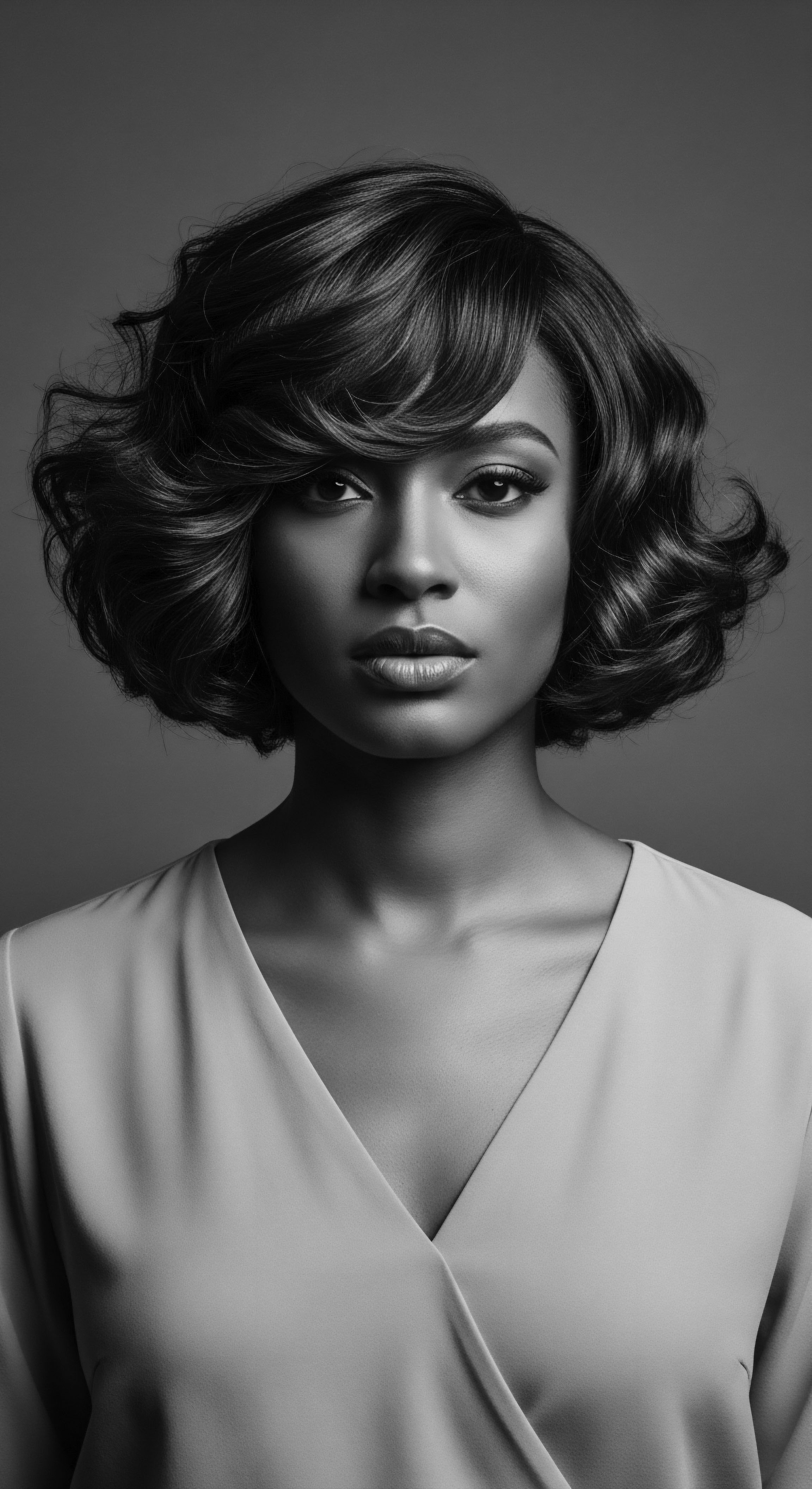
The Global Diaspora ❉ How Do Shared Hair Narratives Unify and Diversify Identity?
The forced migration of African populations created a vast diaspora, yet hair remained a powerful thread connecting communities across continents. Despite geographic separation, common hair practices and the shared experience of hair-based discrimination forged a collective identity. From the Caribbean to North America, the legacy of hair wraps and specific braiding techniques served as a means of reaffirming humanity and preserving cultural identity.
This shared history has given rise to a global conversation around textured hair identity. The natural hair movement, for instance, has resonated with communities of African descent worldwide, becoming a symbol of self-acceptance and a rejection of dominant beauty norms. This movement, however, is not monolithic; it encompasses a diverse spectrum of expressions and experiences, reflecting the varied cultural legacies within the diaspora.
Consider the following aspects of this global connection:
- Pan-African Styles ❉ Styles like cornrows, box braids, and locs, originating from diverse African tribes, are now recognized and worn globally, signifying a shared heritage and a contemporary statement of pride.
- Ingredient Exchange ❉ Traditional ingredients like shea butter and various oils, used for centuries in Africa, are now widely available and celebrated across the diaspora, bridging ancient remedies with modern hair care.
- Digital Communities ❉ Online platforms have become spaces for sharing knowledge, celebrating diverse textures, and navigating the complexities of textured hair identity, fostering a sense of solidarity that transcends physical borders.
This interconnectedness demonstrates how cultural heritage, far from being a static relic, is a dynamic force that continually shapes and redefines contemporary textured hair identity, uniting individuals through shared history and collective affirmation. The narratives woven into each strand are not just personal; they are communal, historical, and deeply resonant.
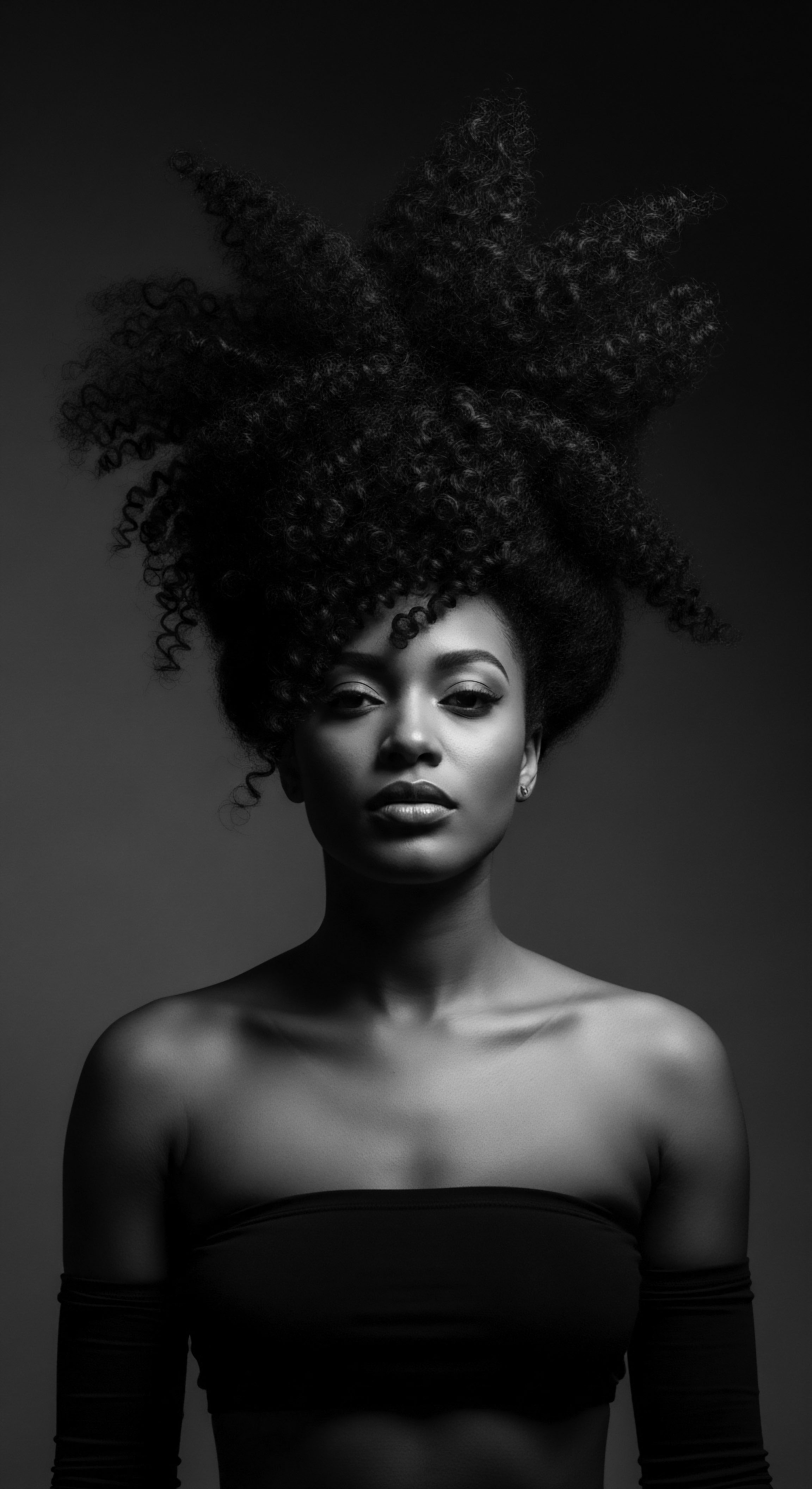
Reflection
The journey through the intricate world of textured hair, from its elemental biology to its profound cultural resonance, leaves us with a sense of enduring wonder. Each curl, each coil, carries within it not only the blueprint of its unique formation but also the whispers of countless generations, a living archive of heritage. This exploration reveals that textured hair identity is not a fixed point but a continuous, dynamic interplay between the biological inheritance and the rich tapestry of human experience.
The ‘Soul of a Strand’ ethos reminds us that hair is more than a physical attribute; it is a sacred part of self, a conduit to ancestral wisdom, and a powerful medium for self-expression and cultural affirmation. As we continue to understand and celebrate the diversity of textured hair, we honor the resilience of those who came before us, and we lay a foundation for future generations to wear their crowns with unburdened pride. The legacy of textured hair is a testament to survival, creativity, and the unwavering spirit of identity.
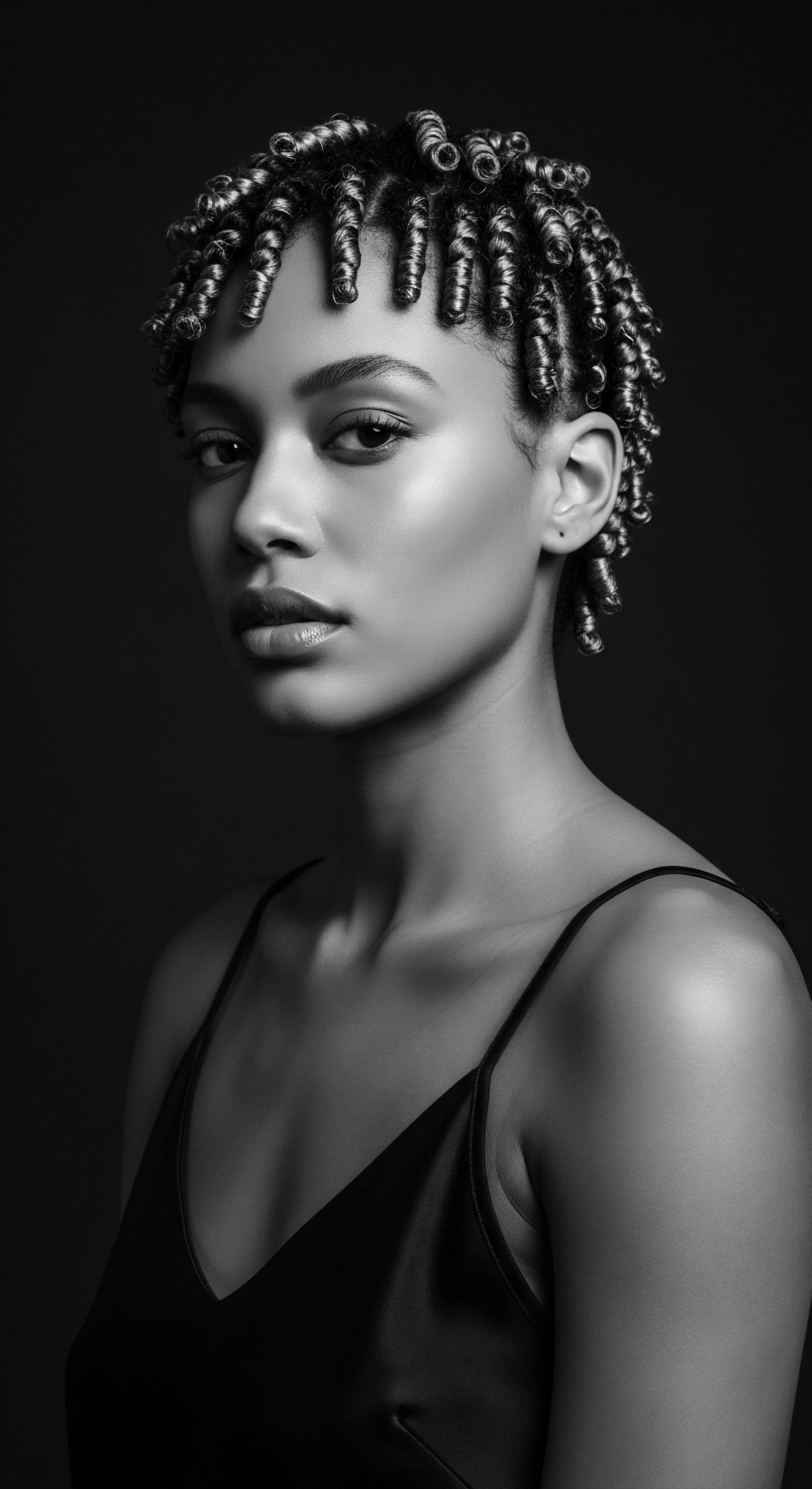
References
- Byrd, A. & Tharps, L. D. (2014). Hair Story ❉ Untangling the Roots of Black Hair in America. St. Martin’s Press.
- Dabiri, E. (2020). Twisted ❉ The Tangled History of Black Hair Culture. Harper Perennial.
- Johnson, A. R. & Bankhead, T. (2014). Black hair and hair texture ❉ Cultivating diversity and inclusion for Black women in higher education. Journal of College Student Development, 55(1), 86-92.
- Mbilishaka, A. (2018). PsychoHairapy ❉ Brushing Up on the History and Psychology of Black Hair. Psi Chi Journal of Psychological Research, 23(4), 316-324.
- Rooks, N. M. (1996). Hair Raising ❉ Beauty, Culture, and African American Women. Rutgers University Press.
- Sherrow, V. (2006). Encyclopedia of Hair ❉ A Cultural History. Greenwood Press.
- Thompson, M. A. (2009). Hair Story ❉ Untangling the Roots of Black Hair in America. St. Martin’s Press.
- White, L. (2000). Speaking with Vampires ❉ Rumor and History in Colonial Africa. University of California Press.
